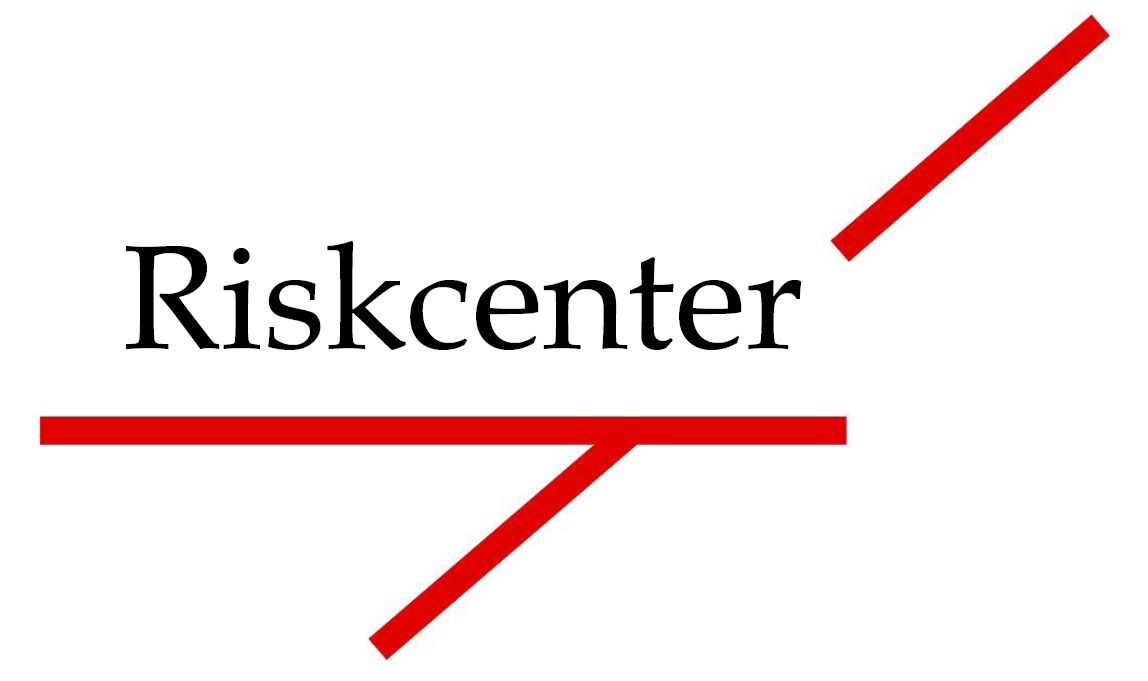
Riskcenter
The research group on Risk in Insurance and Finance is attached to the Institute of Applied Economics IREA-UB

Barcelona Insurance and Risk Management Summer School 2012

SGR 2009-1328
Consolidated research group
Advances in Panel Data for Acuarial Applications. July 16-18.
Abstract
In this talk, we survey a
collection of work about the use of modern
statistical techniques for actuarial applications. In particular, we
cover:
- use of micro-level data for macro-eff ects inference
Data at the individual policy
level that are tracked over time, which we call micro-data, have the
potential to reveal unsuspected patterns of behavior and to allow the
analyst to develop new financing mechanisms to manage risks. We
describe
various modeling frameworks that are calibrated using a database of
individual automobile insurance policies. Outcomes are potentially
multivariate, a mixture of zeros, and continuous claims, and when
continuous, have long-tail distributions. In yet a different framework,
we use multilevel models to analyze the "intercompany" eff
ect of claim
counts experience of a pool of insurers.
- risk classi cation in insurance
Actuaries are considered
professional experts in the economic assessment of uncertain events,
and equipped with many statistical tools for analytics, they help
formulate a fair and reasonable tari
ff associated with these risks. An
important part of the process of establishing fair insurance tari
ffs
is risk classi
cation, which involves the grouping of risks into
various classes that share a homogeneous set of characteristics
allowing the actuary to reasonably price discriminate. We survey some
of the statistical tools for risk classiffication used in insurance. We
also distinguish between "a priori" and "a posteriori" ratemaking. The
former is a process which forms the basis for ratemaking when a
policyholder is new and insufficient information may be available. The
latter process uses additional historical information about
policyholder claims when this becomes available.
- longitudinal data analysis and predictive modeling
We explore the usefulness of
copulas to model the number of insurance claims for an individual
policyholder within a longitudinal context. To address the limitations
of copulas commonly attributed to multivariate discrete data, we adopt
a "jittering" method to the claim counts which has the e
ffect of
continuitizing the data. Elliptical copulas are proposed to accommodate
the intertemporal nature of the "jittered" claim counts and the
unobservable subject-specifi
c heterogeneity on the frequency of
claims.
Observable subject-speci
fic e
ffects are accounted in the model by
using
available covariate information through a regression model. The
predictive distribution together with the corresponding credibility of
claim frequency can be derived from the model for ratemaking and risk
classi
cation purposes.
About the speaker
Emiliano (Emil) A.
Valdez, Ph.D, FSA, is a Professor of Actuarial Science in the
Department of Mathematics at the University of Connecticut, USA. He is
a Fellow of the Society of Actuaries and holds a Ph.D. from the
University of Wisconsin in Madison. His academic experience includes
several years of teaching and conducting research in actuarial science
in three di
erent continents: North America, Australia and Asia. His
previous academic posts include working for the Nanyang Business School
in Singapore and for the University of New South Wales in Sydney,
Australia. He has been awarded the Edward A. Lew Award, the Halmstad
Memorial Prize, and recently in 2010, the Charles A. Hachemeister
Prize, in recognition for his signi
cant contributions to the actuarial
literature. His current research interest includes copula models and
dependencies, managing post-retirement assets, and risk measures and
capital requirements related to enterprise risk management. He also has
several years of industry experience working as an actuary for
Connecticut Mutual in Hartford and held summer actuarial positions at
Price Waterhouse.
References
- Frees and Valdez (2008), Hierarchical Insurance Claims Modeling, Journal of the American Statistical Association, Vol. 103, No. 484, pp. 1457-1469.
- Frees, Shi and Valdez (2009), Actuarial Applications of a Hierarchical Insurance Claims Model, ASTIN Bulletin, Vol. 39, No. 1, pp. 165-197.
- Young, Valdez and Kohn (2009), Multivariate Probit Models for Conditional Claim Types, Insurance: Mathematics and Economics, Vol. 44, No. 2, pp. 214-228.
- Antonio, Frees and Valdez (2010), A Multilevel Analysis of Intercompany Claim Counts, ASTIN Bulletin,Vol. 40, No. 1, pp. 151-177.
- Antonio, Frees and Valdez (2009), A Hierarchical Model for Micro-Level Stochastic Loss Reserving, work in progress.
- Antonio and Valdez (2011), Statistical Concepts of a priori and a posteriori Risk Classi cation in Insurance, AsTA, Advances in Statistical Analysis, forthcoming.
- Shi and Valdez (2012), Longitudinal Modeling of Insurance Claim Counts using Jitters, Scandinavian Actuarial Journal, forthcoming.
Course schedule
Day 1: Monday July 16 10-14
Day 2: Tuesday July 17 10-14
Day 3: Wednesday July 18 10-14